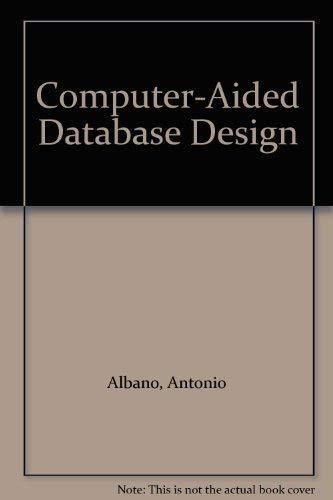Question
Exercise 3 : Complete the missing function read_vector below, which takes three pointers to float values as arguments. The function should read three floating point
Exercise 3: Complete the missing function read_vector below, which takes three pointers to float values as arguments. The function should read three floating point values from the user and store the result in the destination of the three pointers. If all values can be read successfully, the function will return 1. Otherwise (if any values cannot be read), the function will return 0. When the function works correctly, running the program will prompt the user to enter two vectors and then print those vectors back out. Do not modify the mainfunction.
#includeint read_vector(float* px, float* py, float* pz){ //Your code here //(Don't forget the return statement) } int main(){ float x1, y1, z1; float x2, y2, z2; int success; printf("Enter a vector: "); success = read_vector(&x1, &y1, &z1); if (success == 0){ printf("Couldn't read the first vector, exiting... "); return 0; //Returning from main() will exit the program. } printf("Enter another vector: "); success = read_vector(&x2, &y2, &z2); if (success == 0){ printf("Couldn't read the second vector, exiting... "); return 0; } printf("The first vector is: %f %f %f ", x1, y1, z1); printf("The second vector is: %f %f %f ", x2, y2, z2); return 0; }
Step by Step Solution
There are 3 Steps involved in it
Step: 1

Get Instant Access to Expert-Tailored Solutions
See step-by-step solutions with expert insights and AI powered tools for academic success
Step: 2

Step: 3

Ace Your Homework with AI
Get the answers you need in no time with our AI-driven, step-by-step assistance
Get Started


